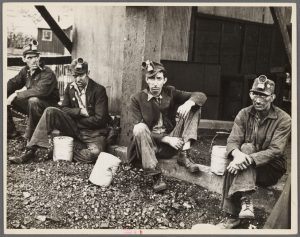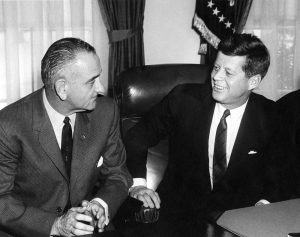by Carl Pierer
A few months ago, this column discussed Rae Langton's argument that pornography subordinates women. This argument forms the first part of a longer paper re-published in her book Sexual Solipsism. The second part of this paper argues that pornography silences women. In light of recent events and discussions, this idea seems to have acquired a new relevance.
The second part of Langton's article builds on the speech act theory of the first. Silencing means, for Langton, the failure to perform a speech act. Her argument in this part of the paper is to first argue that speech acts can be silenced, secondly that there are silencing speech acts, and to conclude, thirdly, that pornography is a silencing speech act that silences the speech act(s) of women.
Along any one of Austin's three dimensions of a speech act, a speech act can fail to develop its force. So it is that along any one of these dimensions a speech act can be silenced. It is worth noting with Langton that when this happens there is an implicit power relation: because the dimensions of the speech act depend on qualifications concerning the speaker, the failure to perform along any of the dimensions is a measure of powerlessness.
The first, with undeniable political significance, is a failure to perform even a locutionary act. Potential speakers are intimidated, prevented from speaking, do not speak because they will not be listened to. They are not in the position to utter the words they want to utter. This is perhaps the most obvious case of silencing that comes to mind when thinking, for instance, about tyrannical regimes limiting free speech.
The second is a failure to accomplish what is intended by the speech: to comfort, without attenuating sadness, to invite, without guests coming, or to argue, without convincing. These are failures along the second dimension of speech acts, consequently they may be called perlocutionary frustrations. They too might have a political significance if failure along this dimension is, for example, due to the speaker's class or gender.
The third, of greatest interest for this article, is a failure along the third dimension. It happens "(…) when one speaks, one utters words, and fails not simply to achieve the effect one aims at, but fails to perform the very action one intends." This Langton calls illocutionary disablement. As mentioned earlier, certain speech acts require the speaker to have an authority to perform the illocutionary act: in the classic example, an ordained priest is required to pronounce the couple husband and wife in order for them to be married. This, Langton points out, means that the ability to perform an illocutionary act can be taken as a measure of authority and political power.



